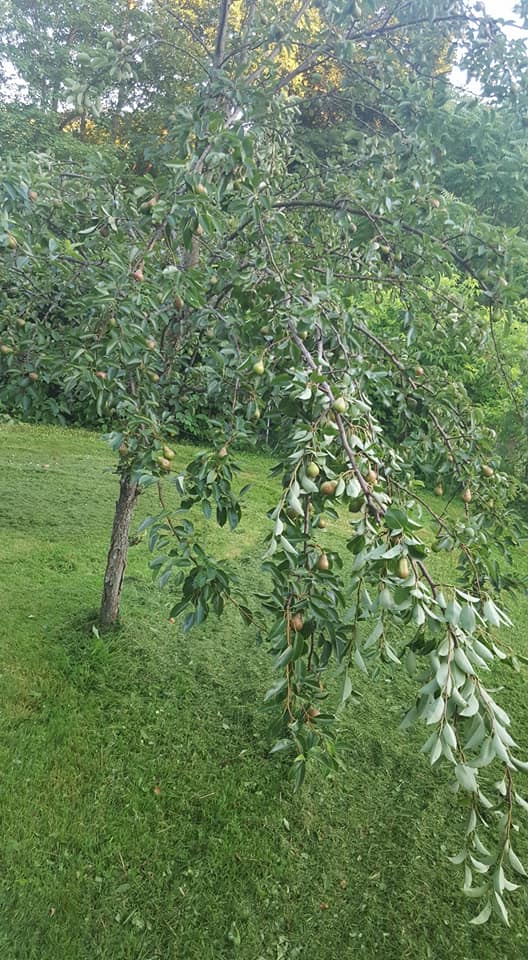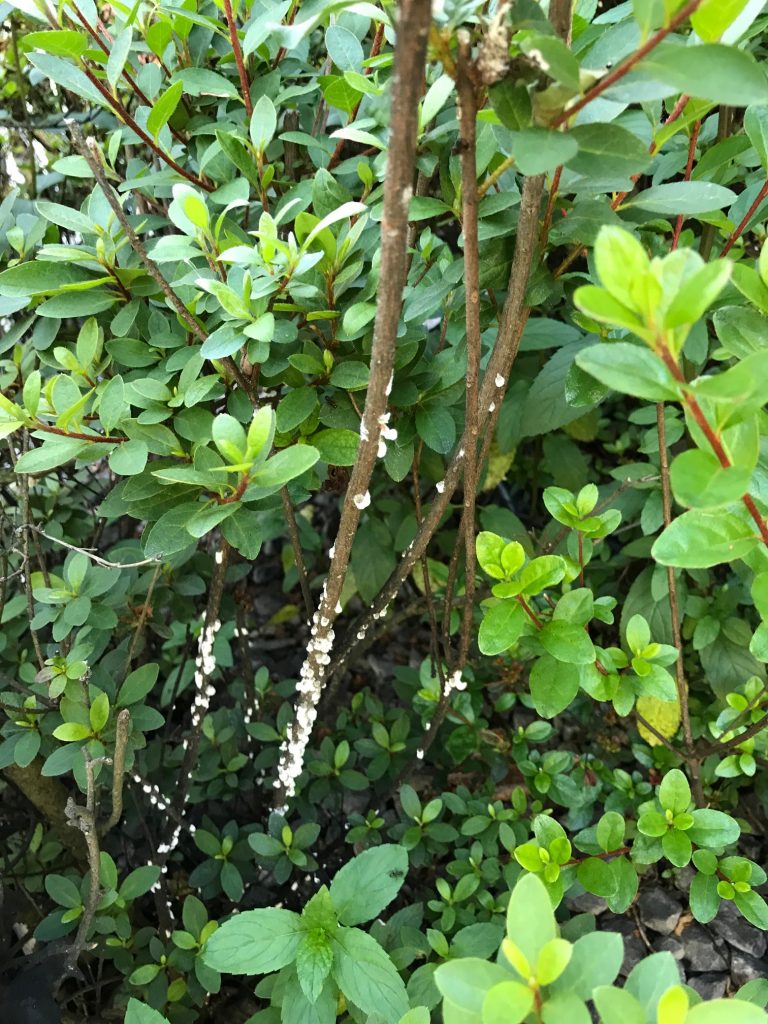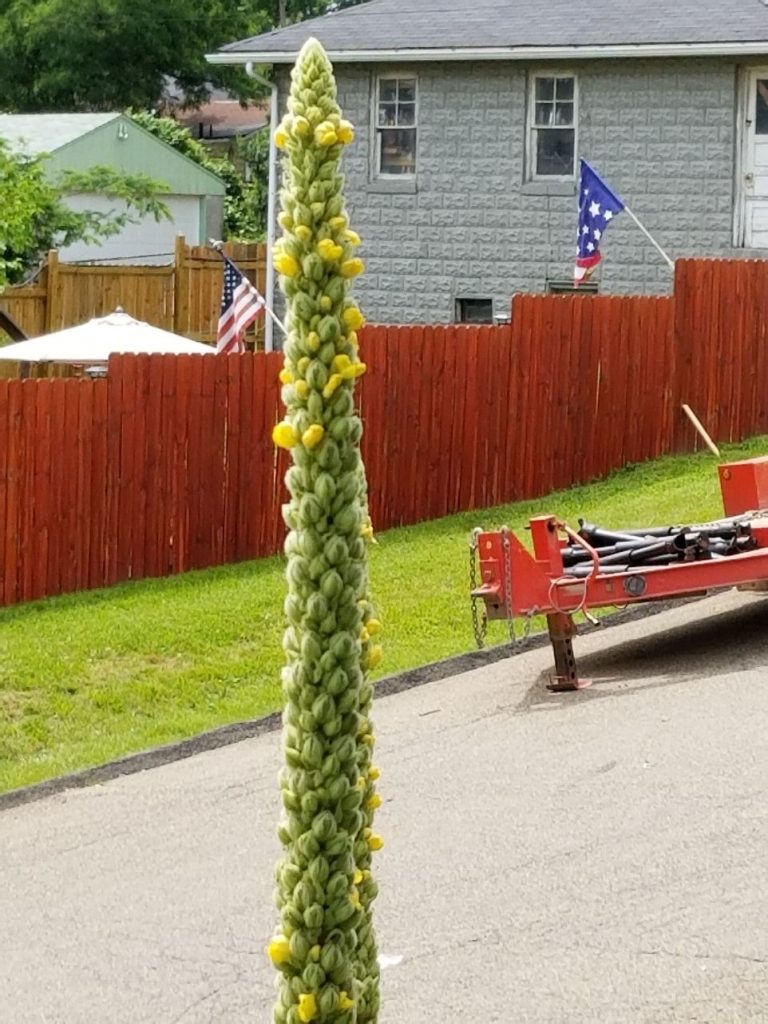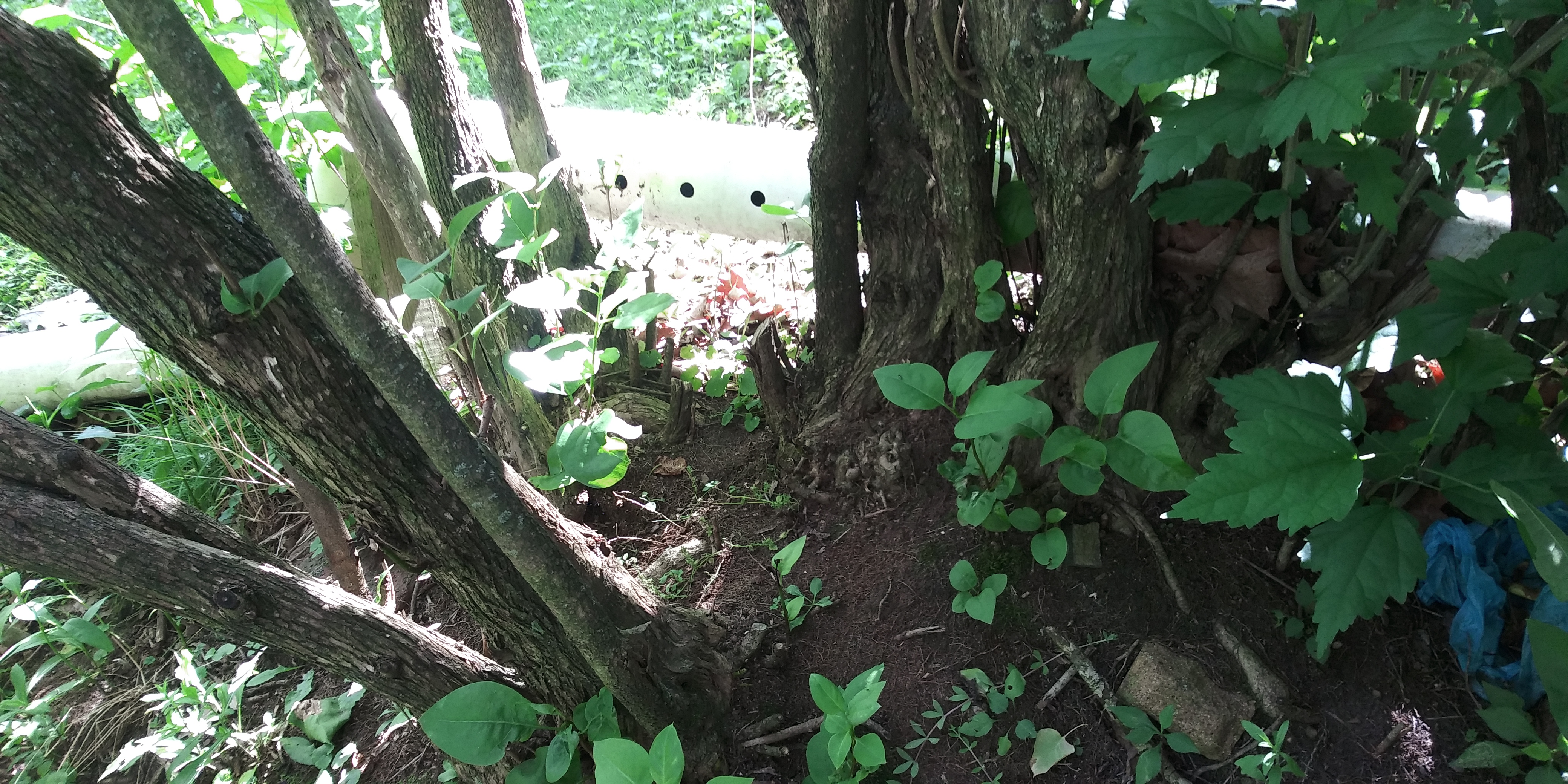Ask The Gardener: Pear tree, damaged tomatoes, azaleas and more
Posted on: July 1, 2019 | Written By: Doug Oster |
Everybody Gardens editor Doug Oster gets asked a lot of questions. A lot. And he doesn’t mind offering gardening advice. But rather than just limiting those answers to the person who asked, we thought it might be a good idea to share that wealth of knowledge with everybody.
There are three ways to send in your questions:
- Email askdoug@535mediallc.com
- Submit your question on our “Your Garden” section of our site
- Send us a message on Facebook.
(The questions may be lightly edited for grammar/clarity/etc.)

Question 1: Pear tree
Mary Ann: For the first year we’ve got a loaded down pear tree. I have no idea what type. Do we wait till they get bigger, or is this some sort of dwarf pear?
Doug: Start taking one here and there to see if it’s ripe as we get into July. Most pears are not ripe until August. A lot of times the pear tree will discard fruit if there’s too much so that the remaining fruit can get to full size.
Question 2: Damaged tomato plant
Joyce: My patio tomato plant( in a pot) got blown over by the windstorm a couple of nights ago. We put it back in the pot and noticed two places where the stem cracked. We tied them back on the stalk and covered the cloth with masking tape. Is that the right thing to do? Will it bear fruit?
Doug: Only time will tell. Tomatoes are pretty tough. But I think you’ll be OK. Make sure the soil in the pot never completely dries out, because that’s a problem for tomatoes. I would feed them too with Grow from Espoma.

Question 3: Azalea issue
Mary: My azaleas have white blobs on the stems. It looks like it is killing the bush. Could you please let me know if there’s a way to remedy this. It is spreading.
Doug: That looks like azalea bark scale. It’s actually a type of insect that’s feeding on the plant. There are a couple of things you could do. The most effective this time of the year is manually removing the insect. Then every time you see one, remove it also. The other thing you could do is spray the pests with horticultural oil. It will suffocate them. Next year before the plant leafs out, spray the branches with the hort oil.
Question 4: Lilac tree
Angie: My neighbor has a lilac tree that I believe should be cut back some, but I want to make sure I am trimming the tree correctly. The tree bloomed this year, more than last year after I trimmed a little in the fall. Could you please help with how we can get this lilac to look a little better or for the flowers to stick around longer?
Doug: It looks pretty good. Rejuvenative pruning for lilacs means removing some of the oldest wood, which lets the young shoots take over. As long as the shrub/tree is blooming nicely every year, it’s something we don’t really worry about. If there are any of those older stems that are dying, they could be removed. That trunk on the far right might be a candidate. Also if the plant is in the way, parts could be removed. Never cut more than one third of the plant when pruning.

Question 5: Mystery flower
Mary Ann: My mom has had flowers and vegetable gardens in our yard since we moved in May 1969. We have seen and planted many strange things but this plant grew this year out of the blue! We did not plant it and never saw it before anywhere. About six of them popped up in the front yard and it’s over 5 feet tall now. We took pictures with hopes that you can identify this weed/plant and maybe provide us with its name and any information about it.
Doug: It’s called verbascum. There are cultivated varieties and types that grow wild. Yours looks like a wild one that the birds planted for you. It’s a great plant, and I would just let it bloom.
Previous mailbags
Slow peppers, cucumbers, blueberries and more
Tomato protection, late start, weed killer and more
Hydrangea flowers, planting tomatoes with pallets and more
Squash plants, poison ivy, red thread and more
Virginia creeper, moving perennials, flower ID and more
Tree location, dying daffodils, plant ID and more
Tomato blight, reducing weeds, strawberries and more
Clematis wilt, lemon tree, container tomatoes and more
Harvesting garlic, cooler temperatures, bees and more
Unknown invasive, rhododendrons, mystery plants and more
More from Everybody Gardens
See also, Vandergrift Children’s Garden Teaches Many Lessons

